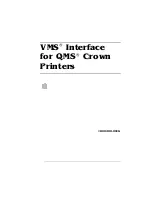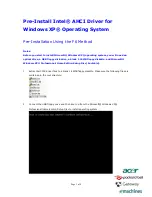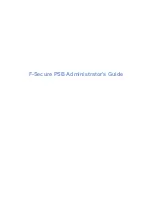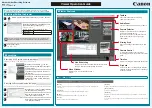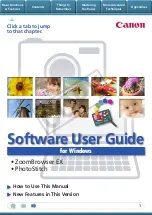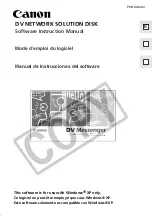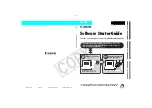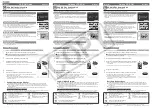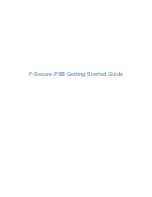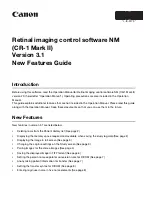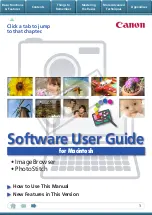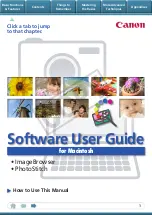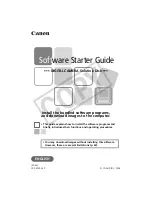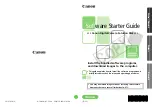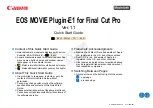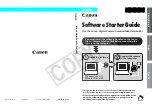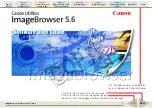
Important Notices
The DX200 Editor is a comprehensive editing software program specially designed for
the DX200 Desktop Control Synthesizer - providing an easy, intuitive way to edit and
create your own original DX200 patterns for the DX200 Desktop Control Synthesizer.
IMPORTANT:
• Do not use any of the panel controls on an external synthesizer while editing the Patterns
with the DX200 Editor, since this may inadvertently change the settings of the DX200.
Copyright Notices
• The software and this owner's manual are the exclusive copyrights of Yamaha Corporation.
• Copying of the software or reproduction of this manual in whole or in part by any means is
expressly forbidden without the written consent of the manufacturer.
• Copying of the commercially available music sequence data and/or digital audio files is
strictly prohibited except for your personal use.
Trade Marks and Registered Trade Marks
• OMS
®
and
are trademarks of Opcode Systems, Inc.
• The company names and product names in this Owner's Manual are the trademarks or regis-
tered trademarks of their respective companies.
Notices
• Yamaha makes no representations or warranties with regard to the use of the software and
documentation and cannot be held responsible for the results of the use of this manual and
the software.
• The windows and illustrations in this manual are for instructional purposes only, and may be
slightly different from the ones shown on your software.
Copyright (c) 2001 Yamaha Corporation. All rights reserved.
January, 2001
YAMAHA CORPORATION
DX200 Editor
Manual

















